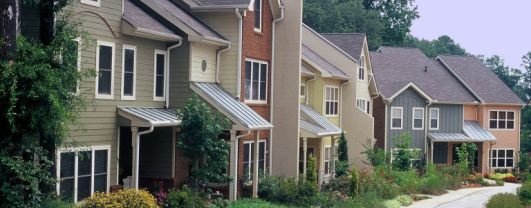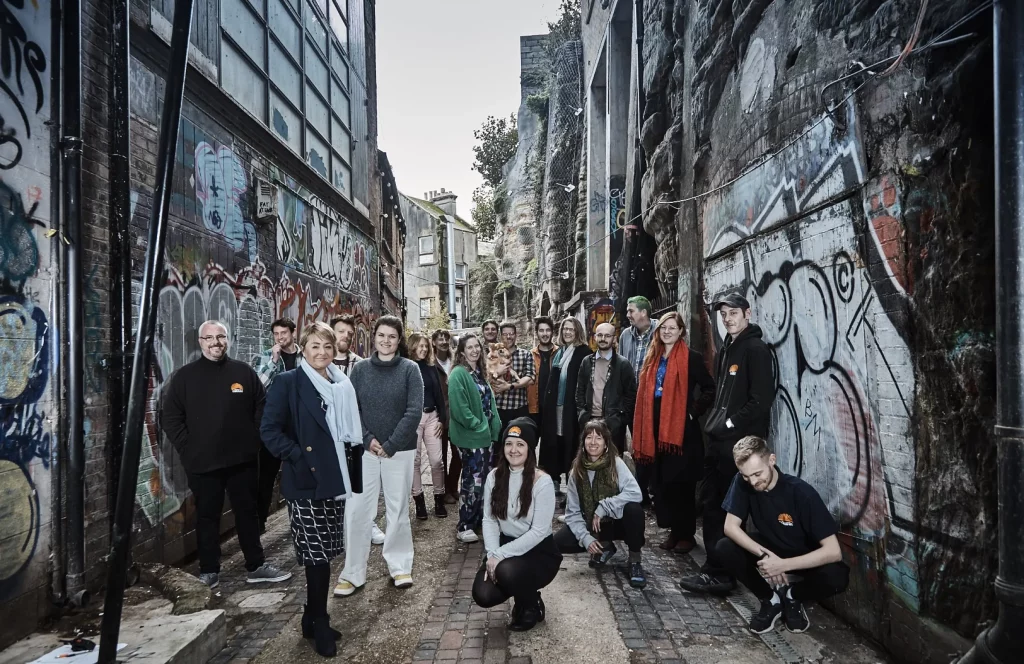The East Lake Commons Conservation Community in Atlanta shows how housing can be built in a way that supports people, nature, and the local economy. Built in a low-income neighbourhood three miles from downtown, it combines affordable homes with shared green spaces. Sixty-seven houses were built on eight acres, leaving ten acres for woodlands, a stream, and a four-acre organic farm. The neighbourhood encourages walking and social interaction by keeping cars at the perimeter and promoting car-sharing. Pedestrian areas and courtyards double as play and meeting spaces, and stormwater is collected in ponds to reduce flooding and irrigate the farm.
The community was developed in 1997 by a professional builder working with Village Habitat Design, a firm inspired by Professor George Ramsey’s ideas for sustainable living. Residents helped design the project, which uses durable, energy-efficient materials. Homes vary in size, cost, and tenure, mixing owners and renters to create a diverse, inclusive neighbourhood. Step-free entrances and wide ground-floor spaces ensure wheelchair accessibility.
The Common House serves as the social hub, with shared dining, guest rooms, play areas, laundry, and classrooms. Residents cook communal meals, hold meetings, and share upkeep tasks. The farm operates as a Community Supported Agriculture programme, supplying vegetables to residents and local markets while also donating to shelters and hosting educational activities for local children.
The project cost $10m, with homes designed to meet individual needs and budgets. Its success has revitalised the area, sparked national interest, and inspired similar projects. East Lake Commons proves that sustainable, community-focused development can reduce car dependence, support local food production, and create an active, welcoming neighbourhood that blends social life with environmental care.






